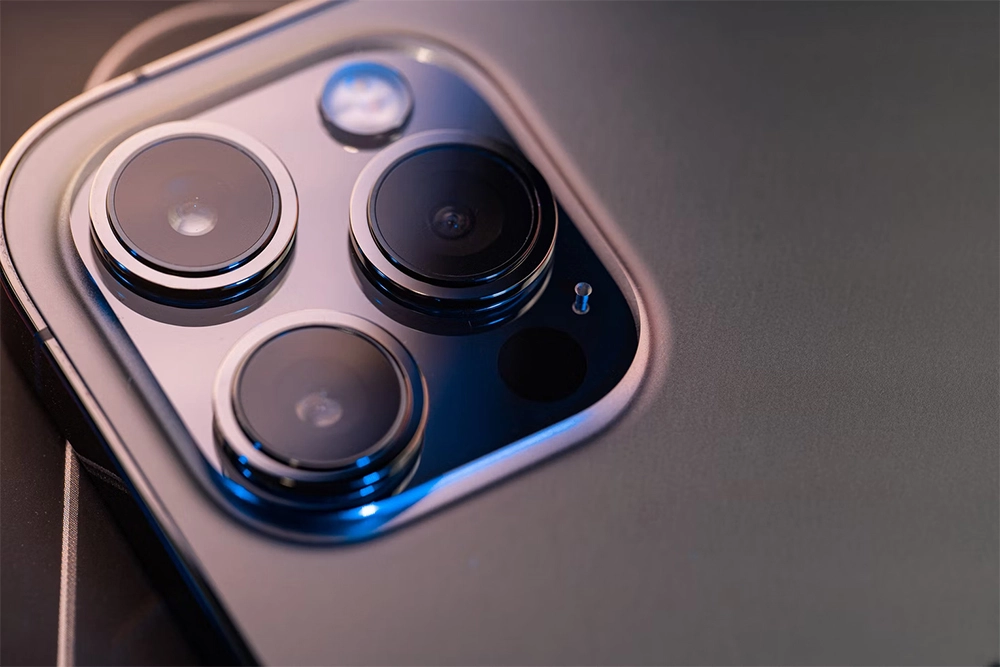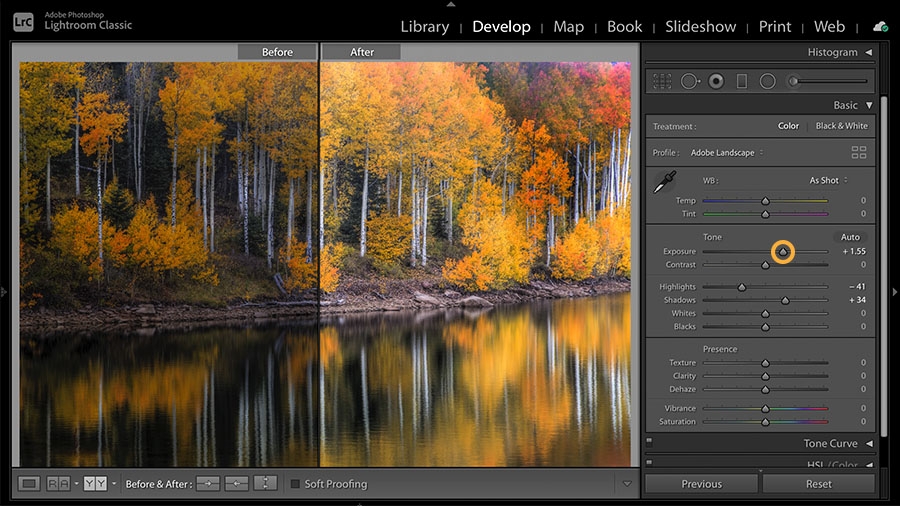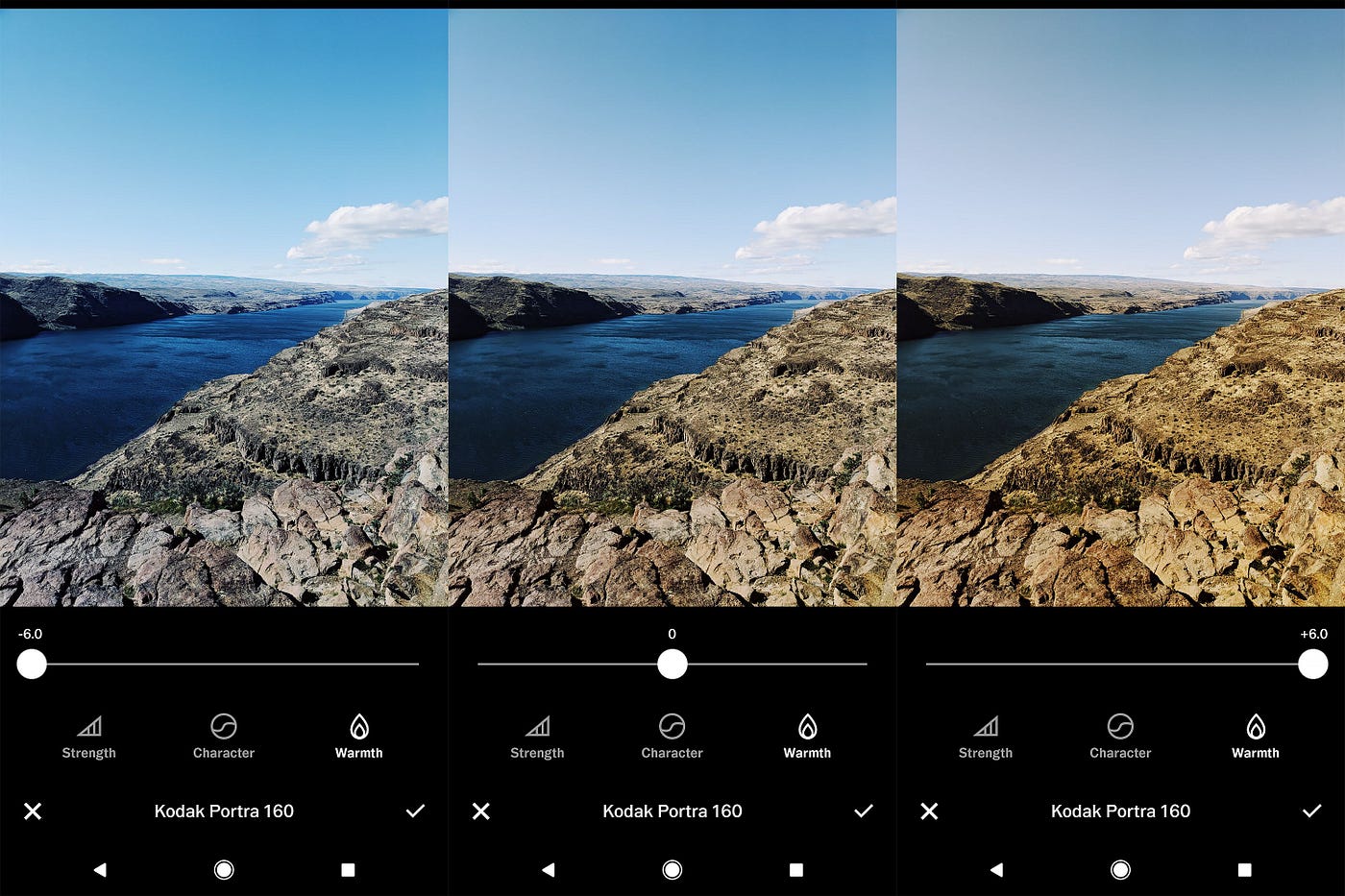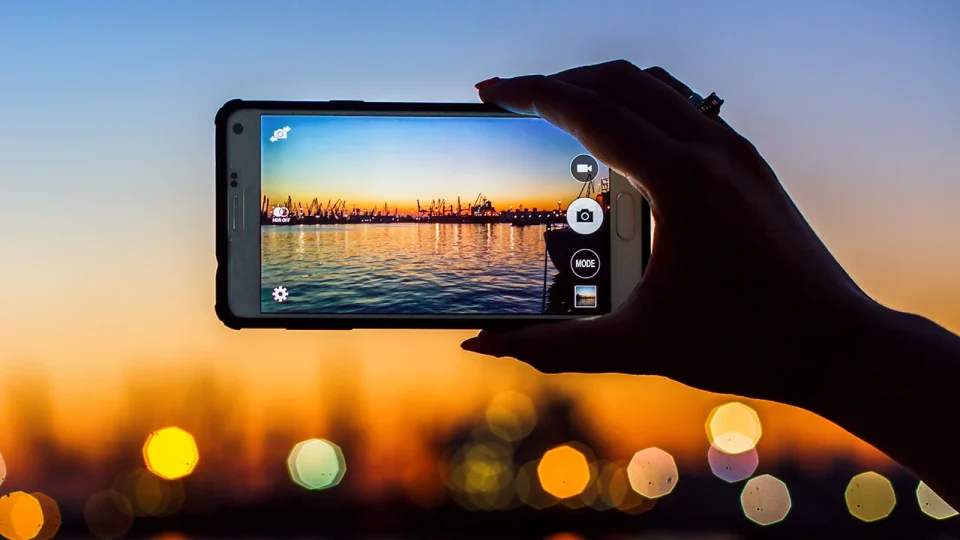The vast majority of individuals today have access to a smartphone, and these devices typically feature high-quality cameras. This eliminates the need for expensive and complicated camera equipment in order to take high-quality photographs on vacation. Whether you’re a seasoned pro or just starting out, this tutorial can help you take better images on your next trip using your smartphone. Finding the ideal light and the best editing software are just two of the many topics we’ll be discussing in this post. Get ready to improve your photography talents, whether you’re going on a trip overseas or just taking pictures around your own town.
1. Know Your Smartphone Camera
The first step in using your smartphone to capture beautiful trip images is to familiarise yourself with its camera. You can capture better pictures and get the most out of your smartphone camera by being aware of its features and capabilities.
Modern smartphone cameras have made significant technological and functional advancements. The majority of modern smartphones have sophisticated camera functions and settings that can be used to take beautiful pictures. These features consist of things like HDR, exposure adjustment, and autofocus, among others.

Spend some time becoming acquainted with your smartphone camera before you start snapping pictures on your travels. Examine the settings and features, and familiarise yourself with fundamental photography ideas and vocabulary like ISO, aperture, and shutter speed. You may change the settings on your camera to get the desired result by being aware of these ideas.
Here are some tips for optimizing your smartphone camera settings for travel photography:
- Set the resolution to the highest possible setting. This will ensure that your photos are of the highest quality possible and can be printed at a larger size if needed.
- Enable the gridlines feature. This will help you to align your shots and ensure that your photos are level and well-composed.
- Use the autofocus feature to keep your subject in focus. This is especially important when taking photos of moving subjects or in low-light conditions.
- Adjust the exposure settings to control the brightness of your photos. This can help you to avoid overexposed or underexposed photos.
2. Composition and Lighting
Composition and lighting are essential elements in photography, including smartphone photography. Here are some guidelines to help you improve your composition and lighting skills for taking stunning travel photos:
Tips for framing and composing your shots:
- Rule of thirds: Divide your photo into thirds horizontally and vertically, and place your subject at the intersection of these lines to create a more balanced and aesthetically pleasing composition.
- Leading lines: Use natural or architectural lines, such as roads, bridges, and buildings, to guide the viewer’s eye towards the main subject of your photo.
- Symmetry: Capture symmetrical subjects, such as reflections in water or buildings with mirrored designs, for a visually striking composition.

Tips for finding the best natural lighting for your photos:
- Golden hour: Take advantage of the hour after sunrise and the hour before sunset, when the sun’s light is softer and warmer, to capture beautiful and dramatic photos.
- Overcast days: Cloudy or overcast days provide diffused light that can create a more even and flattering lighting on your subjects.
- Avoid midday sun: The midday sun can create harsh shadows and blow out highlights, which can ruin your photo.

How to use lighting and shadows creatively to enhance your photos:
- Backlighting: Position your subject in front of the light source, such as the sun, to create a striking silhouette effect.
- Use shadows: Use shadows to create depth and interest in your photos. Shadows can add a sense of mystery and drama to your photos.
- Play with light sources: Experiment with different light sources, such as street lamps, neon signs, or candles, to create unique and creative photos.
3. Editing and Enhancing Your Photos
Capturing great travel photos on your smartphone is only the first step. To truly make your photos stand out, it’s important to have a basic understanding of photo editing and enhancement. Here are some tips for getting started:
There are a plethora of photo editing apps available for both iOS and Android smartphones. Some popular options include:
- Adobe Lightroom: A powerful photo editing app that allows for advanced color correction, cropping, and retouching.
- Snapseed: A free app with a range of basic editing tools, including exposure, color, and sharpness adjustments.
- VSCO: A popular app with a range of presets and filters that can be used to give your photos a unique look.
- Afterlight: An app that combines basic editing tools with a range of textures and filters to create a vintage or retro look.
- Facetune: A popular app for portrait and selfie editing

Tips for basic photo editing and enhancement
- Adjust exposure and contrast: These basic adjustments can help bring out details in shadows and highlights, making your photos look more dynamic.
- Crop and straighten: Cropping your photos can help eliminate distracting elements and focus on the subject. Straightening can also help to make your photos look more professional.
- Use filters sparingly: While filters can be a fun way to add some personality to your photos, it’s important to use them in moderation. Overuse of filters can make your photos look unnatural and overly edited.
- Sharpen and enhance details: A little bit of sharpening can help bring out details in your photos and make them look more crisp and clear.

How to enhance your photos while maintaining a natural and authentic look
When editing your travel photos, it’s important to remember to maintain the authenticity and natural beauty of the destination. Here are some tips for enhancing your photos while keeping them authentic:
- Avoid over-editing: Don’t go overboard with editing your photos. Keep in mind that the goal is to enhance the beauty of the destination, not to completely alter it.
- Stick to natural-looking filters: If you choose to use filters, opt for ones that enhance the natural colors and tones of the photo, rather than completely changing them.
- Remove distractions, but not context: It’s okay to remove distracting elements from your photos, but be sure to keep the context of the destination intact.
- Don’t be afraid to experiment: Play around with different editing techniques and styles to find what works best for you and the specific destination. Remember, the best photos are often the ones that are unique and unexpected.
Conclusion
Smartphones have made it simple to capture breathtaking images while on the road. Amazing vacation shots are within your reach after you master your smartphone’s camera and learn some simple rules for composition and lighting. Using picture editing software, you can give your photos that extra something to make them stand out. Follow the recommendations in this post to improve your smartphone photography skills and take stunning, genuine vacation pictures that you’ll love looking at for years to come.
So remember these guidelines for your next trip, and play around with your smartphone’s camera to see what kind of stunning images you can take. You can generate breathtaking photographs that are on par with those taken by professional photographers with only a little bit of practise and imagination. Don’t be afraid of failure; instead, embrace it as an opportunity to learn and grow as a photographer.

